In the manufacture fo glass , the addition fo MnO2 gives ,
Yellow color
Red colour
Violet colout
Pink colour
The correct Answer is:D
To solve the question regarding the addition of MnO2 in the manufacture of glass, we can follow these steps:
Step 1: Understand the Role of MnO2
MnO2, or manganese dioxide, is a compound that is often added to glass during its manufacturing process. Its primary role is to impart color to the glass.
Hint: Think about why colors are added to glass and what compounds are typically used for this purpose.
Step 2: Identify the Color Imparted
When MnO2 is added to glass, it changes the color of the glass. Specifically, it is known to give the glass a pink hue.
Hint: Consider what colors are commonly associated with transition metal oxides and how they affect the appearance of materials.
Step 3: Conclude the Effect
Thus, the addition of MnO2 in the manufacture of glass results in the glass becoming pink in color.
Hint: Reflect on the importance of color in glass products and how different additives can influence aesthetic qualities.
Final Answer
In the manufacture of glass, the addition of MnO2 gives pink color to the glass.
MnO2, or manganese dioxide, is a compound that is often added to glass during its manufacturing process. Its primary role is to impart color to the glass.
When MnO2 is added to glass, it changes the color of the glass. Specifically, it is known to give the glass a pink hue.
Thus, the addition of MnO2 in the manufacture of glass results in the glass becoming pink in color.
In the manufacture of glass, the addition of MnO2 gives pink color to the glass.
Topper's Solved these Questions
- P-BLOCK GROUP 14 - CARBON FAMILYBOOK - CENGAGE CHEMISTRY ENGLISHCHAPTER - P-BLOCK GROUP 14 - CARBON FAMILYEXERCISE - Exercises (Assertion-Reasoning)
27 Videos
- P-BLOCK GROUP 14 - CARBON FAMILYBOOK - CENGAGE CHEMISTRY ENGLISHCHAPTER - P-BLOCK GROUP 14 - CARBON FAMILYEXERCISE - Exercises (Integer)
7 Videos
- P-BLOCK GROUP 14 - CARBON FAMILYBOOK - CENGAGE CHEMISTRY ENGLISHCHAPTER - P-BLOCK GROUP 14 - CARBON FAMILYEXERCISE - Exercises (Multiple Correct )
19 Videos
- P-BLOCK GROUP 13 - BORON FAMILYBOOK - CENGAGE CHEMISTRY ENGLISHCHAPTER - P-BLOCK GROUP 13 - BORON FAMILYEXERCISE - Exercise Archives (Subjecive)
9 Videos
- PERIODIC CLASSIFICATION OF ELEMENTS AND GENERAL INORGANIC CHEMISTRYBOOK - CENGAGE CHEMISTRY ENGLISHCHAPTER - PERIODIC CLASSIFICATION OF ELEMENTS AND GENERAL INORGANIC CHEMISTRYEXERCISE - Exercises (Archives )Subjective
4 Videos
Similar Questions
The two torsion pendula differ only by the addition of cylindrical masses as shown in the figure. The radius of each additional mass is 1/4 the radius fo the disc. Each cylinder and disc have equal mass. The ratio of time periods of the two torsion pendula is p. Then 27p2 is.
_E01_110_Q01.png)
View SolutionGive the following reactions :
A reaction in which MnO2 is used as a catalyst.
View Solution
Knowledge Check
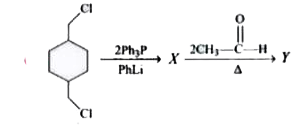
Identify structure fo YA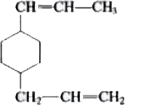 B
B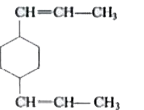 C
C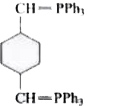 D
D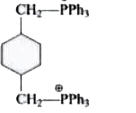
The wavelngth fo a spectrl line for an electronic transition is inversely related to :
View SolutionThe wavelngth fo a spectrl line for an electronic transition is inversely related to :
View SolutionMendel's principle of seggregation was based on the separation fo alleles in the garden pea during:
View SolutionFind the co-ordinates of the points fo trisection of the line joining the points (3,-2) and (-3, -4).
View SolutionFind the co-ordinates of the points fo trisection of the line segment joining the points (-2, 0) and (4, 0).
View SolutionIf one the roots fo the equation x2+xf(a)+a=0 is the cube of the othere for all x∈R, then f(x)=
View SolutionLocate the image fo the point P as seen by the eye in the figure.
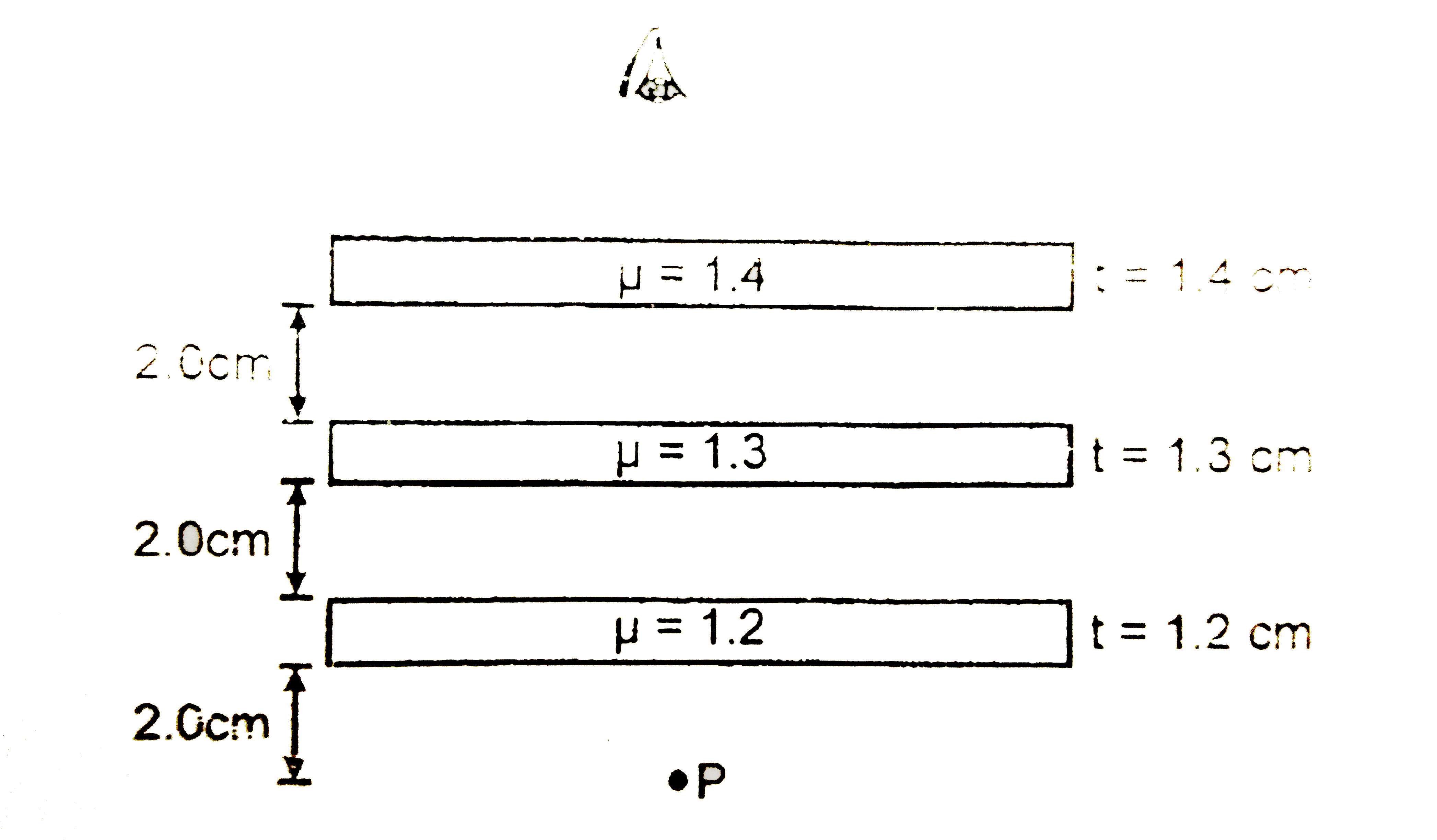
View Solution
